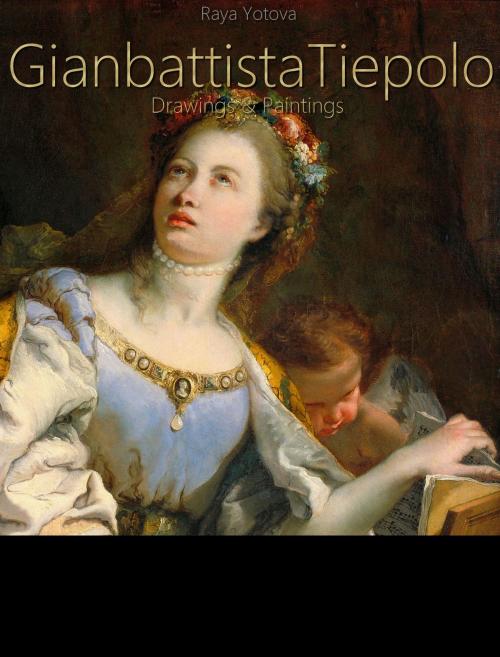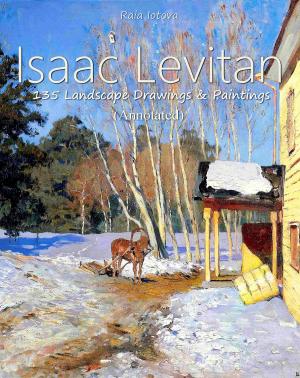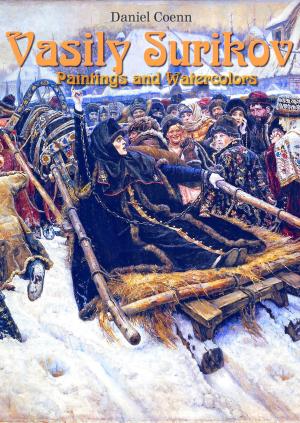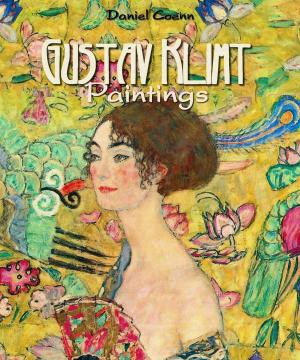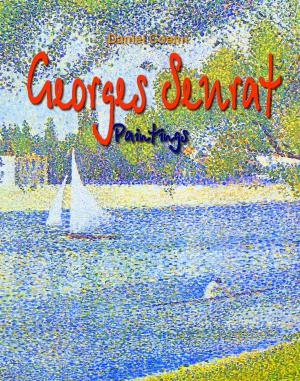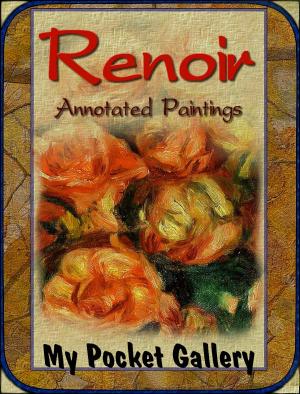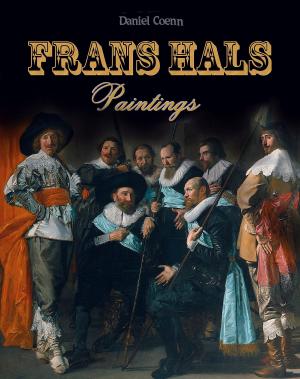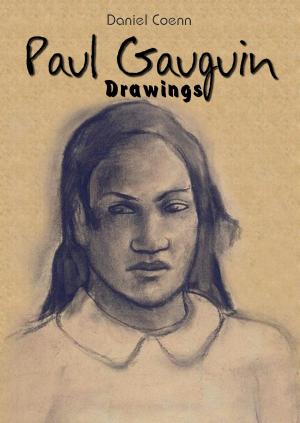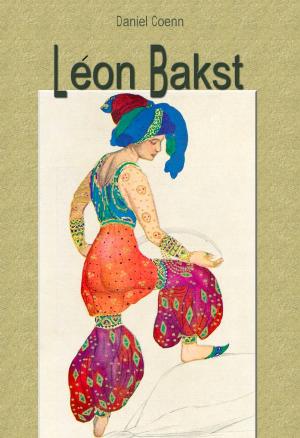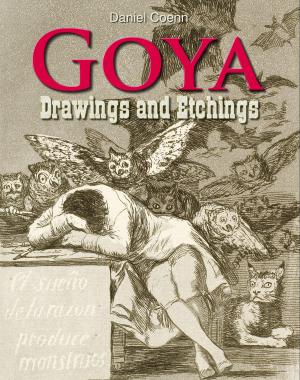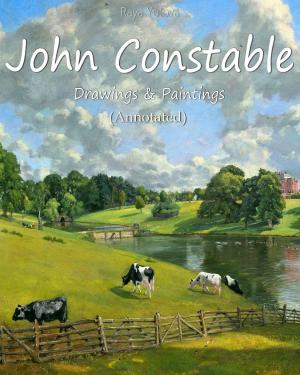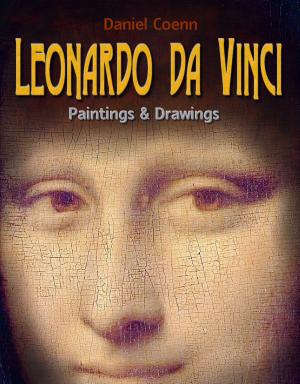GianbattistaTiepolo: Drawings & Paintings (Annotated)
Biography & Memoir, Artists, Architects & Photographers, Nonfiction, Art & Architecture| Author: | Raya Yotova | ISBN: | 1230002743981 |
| Publisher: | Classic & Annotated | Publication: | October 26, 2018 |
| Imprint: | Language: | English |
| Author: | Raya Yotova |
| ISBN: | 1230002743981 |
| Publisher: | Classic & Annotated |
| Publication: | October 26, 2018 |
| Imprint: | |
| Language: | English |
Giovanni Battista Tiepolo (1696 – 1770), also known as Gianbattista or Giambattista Tiepolo, was an Italian painter and printmaker from the Republic of Venice. He was prolific, and worked not only in Italy, but also in Germany and Spain.
Giovan Battista Tiepolo, together with Giambattista Pittoni, Canaletto, Giovan Battista Piazzetta, Giuseppe Maria Crespi and Francesco Guardi are considered the traditional Old Masters of that period.
Successful from the beginning of his career, he has been described by Michael Levey as "the greatest decorative painter of eighteenth-century Europe, as well as its most able craftsman."
After his death, the rise of a stern Neoclassicism and the post-revolutionary decline of absolutism led to the slow decline of the style associated with his name, but failed to dent his reputation. In 1772, Tiepolo's son was sufficiently respected to be painter to Doge Giovanni Cornaro, in charge of the decoration of Palazzo Mocenigo in the sestiere of San Polo, Venice.
Giovanni Battista Tiepolo (1696 – 1770), also known as Gianbattista or Giambattista Tiepolo, was an Italian painter and printmaker from the Republic of Venice. He was prolific, and worked not only in Italy, but also in Germany and Spain.
Giovan Battista Tiepolo, together with Giambattista Pittoni, Canaletto, Giovan Battista Piazzetta, Giuseppe Maria Crespi and Francesco Guardi are considered the traditional Old Masters of that period.
Successful from the beginning of his career, he has been described by Michael Levey as "the greatest decorative painter of eighteenth-century Europe, as well as its most able craftsman."
After his death, the rise of a stern Neoclassicism and the post-revolutionary decline of absolutism led to the slow decline of the style associated with his name, but failed to dent his reputation. In 1772, Tiepolo's son was sufficiently respected to be painter to Doge Giovanni Cornaro, in charge of the decoration of Palazzo Mocenigo in the sestiere of San Polo, Venice.
